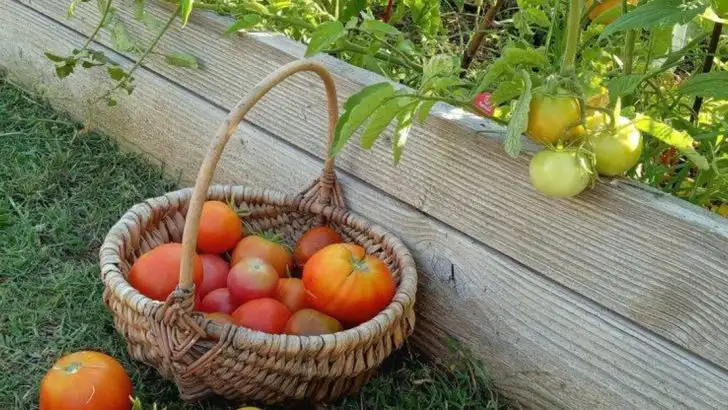Growing juicy, vibrant tomatoes doesn’t have to mean using harsh chemicals or struggling with persistent pests. With the right natural techniques and a little know-how, you can nurture healthy tomato plants that thrive and produce abundant fruit—all while keeping your garden eco-friendly and safe.
From companion planting to homemade pest repellents, there are plenty of ways to protect your tomatoes without relying on synthetic sprays. Healthy soil, proper watering, and smart pruning also play a vital role in keeping your plants strong and productive.
In this article, explore 12 tips for growing vibrant tomatoes without chemicals or pests—and enjoy delicious, homegrown tomatoes straight from your garden.
Companion Planting
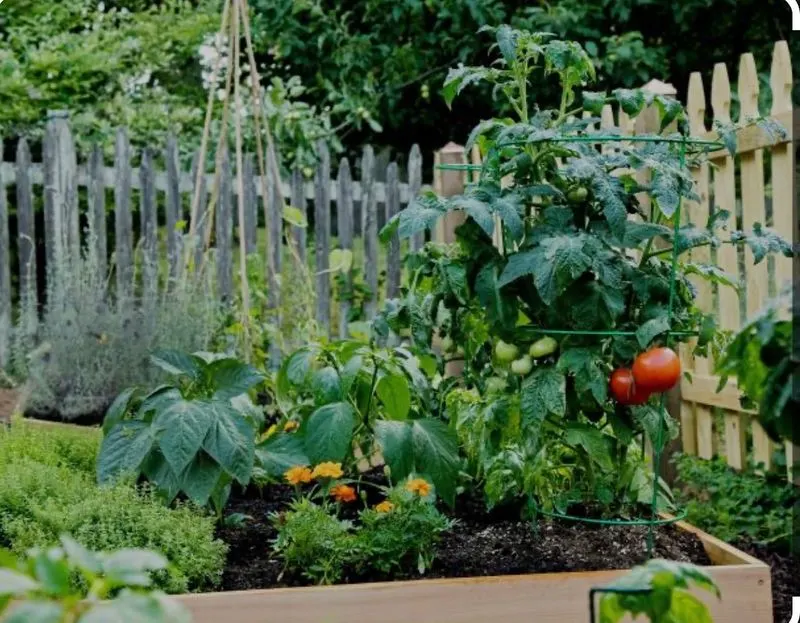
In the world of gardening, some plants just get along like old friends. By planting tomatoes alongside companions such as basil and marigolds, you create a natural defense against pests. Basil enhances the flavor while marigolds deter nematodes, protecting your precious tomatoes. This harmonious relationship not only keeps the garden lively but also healthy. Companion planting is like matchmaking in the plant world, ensuring everyone is happy and productive together. Plus, with the added beauty of marigolds, your garden becomes a vibrant, pest-free haven.
Crop Rotation
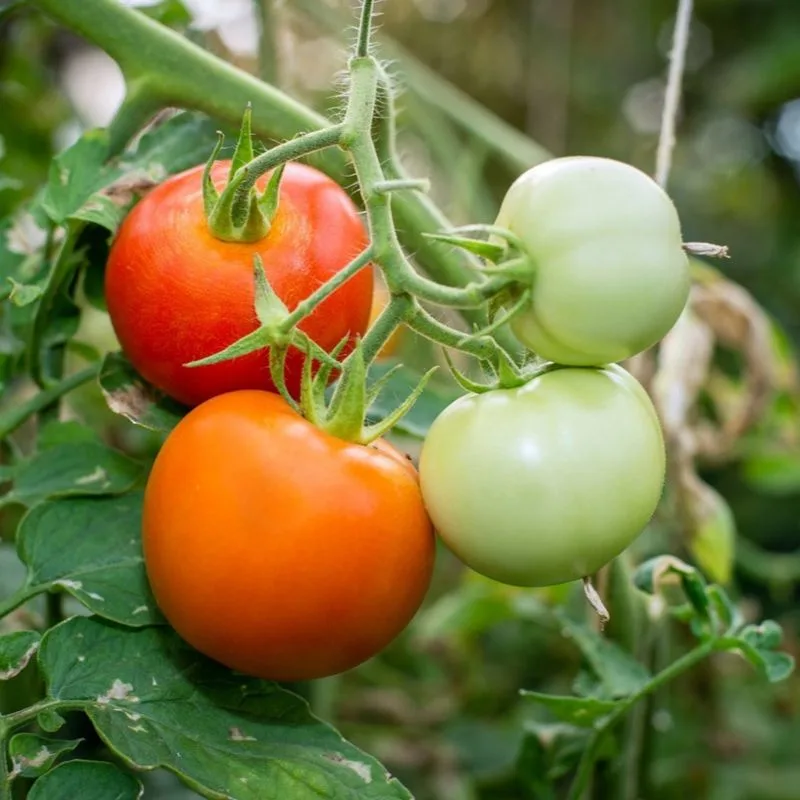
Think of your garden as a dance floor where every plant takes its turn. By rotating your tomato crops annually, you disrupt the life cycles of pests and diseases. This practice keeps your soil fertile and your plants robust. Imagine each season as a new dance, ensuring that the tomatoes never grow in the same spot twice in succession. Crop rotation is a time-tested strategy that prevents soil depletion and pest buildup, allowing your tomatoes to thrive year after year without unwanted guests.
Natural Predators
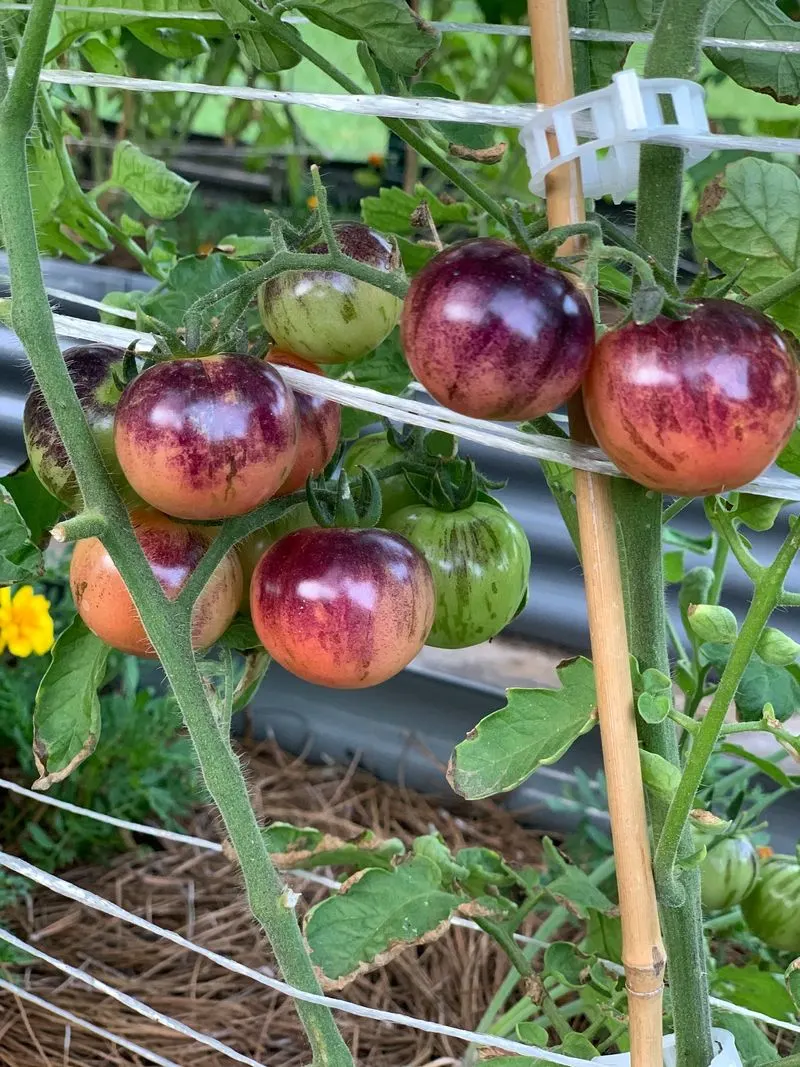
Nature provides its own pest control squad in the form of ladybugs, lacewings, and birds. These allies feast on aphids and other unwanted visitors, keeping your tomato plants safe. By encouraging these predators into your garden, you create a balanced ecosystem. It’s like inviting helpful guests to a party who clean up as they go. Providing habitats like small water sources and native flowers can attract these beneficial creatures, turning your garden into a sanctuary for both tomatoes and their protectors.
Mulching
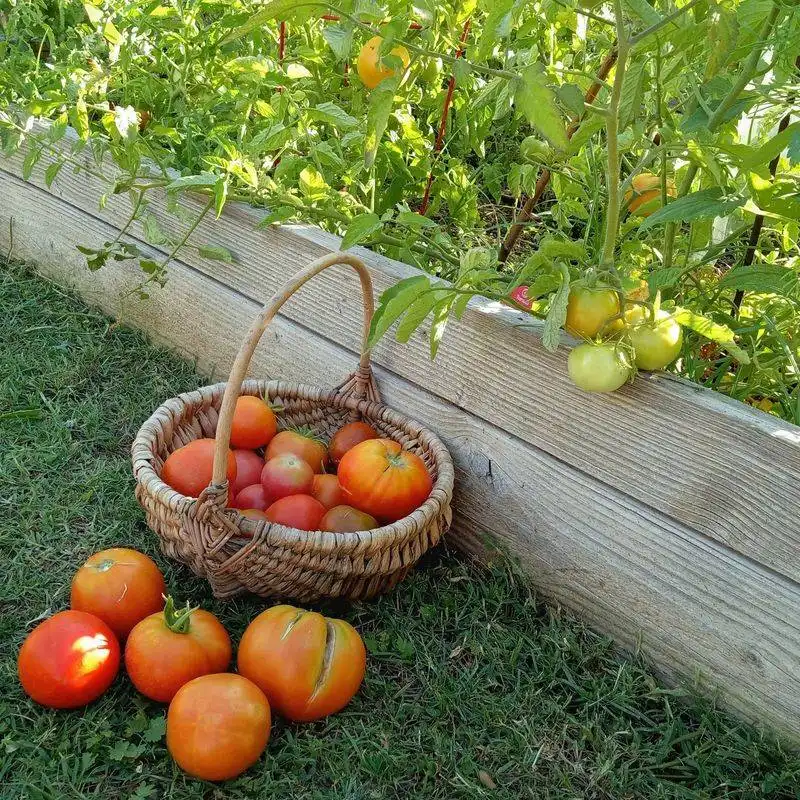
Mulching is the gardener’s secret weapon against weeds and soil moisture loss. By laying organic mulch like straw or grass clippings around your tomato plants, you conserve water and reduce competition from weeds. Mulch acts as a protective blanket, keeping the soil temperature stable and roots happy. It’s like giving your tomatoes a cozy bed to grow in. With less stress from drought or weeds, your plants can focus on producing those juicy, chemical-free fruits that bring joy to every meal.
Neem Oil
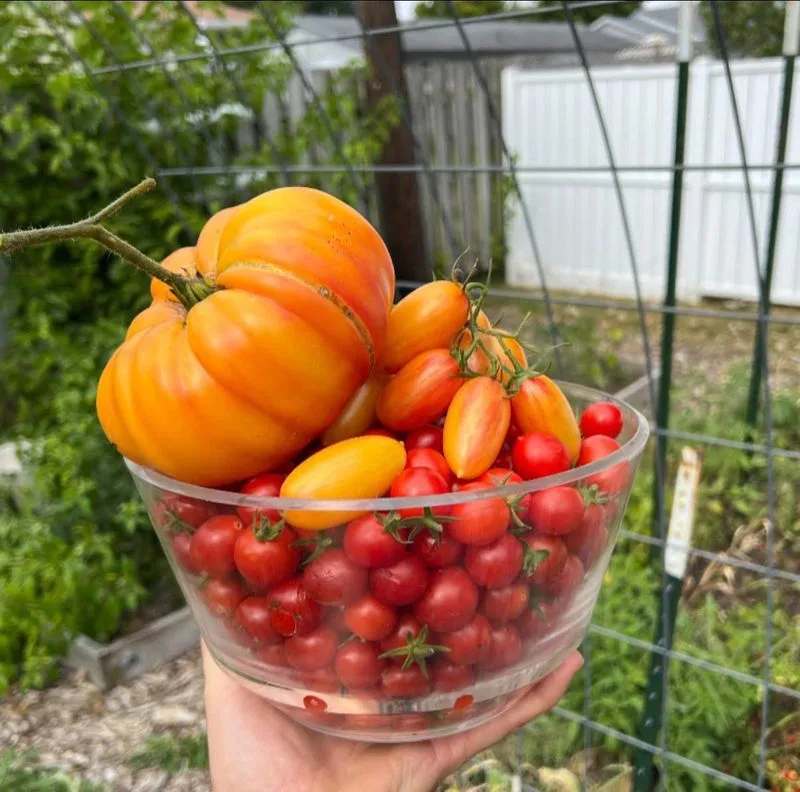
Derived from the neem tree, this oil is a powerful ally in organic gardening. Neem oil disrupts the life cycle of insects without harming beneficial ones. It acts as a shield for tomatoes, repelling many common pests. This natural remedy is easily applied with water in a sprayer, making it perfect for routine care. Think of neem oil as an organic armor, providing protection while the tomatoes grow strong and unbothered. Its safety and efficacy make it a favorite among gardeners aiming for a bountiful, chemical-free harvest.
Diatomaceous Earth
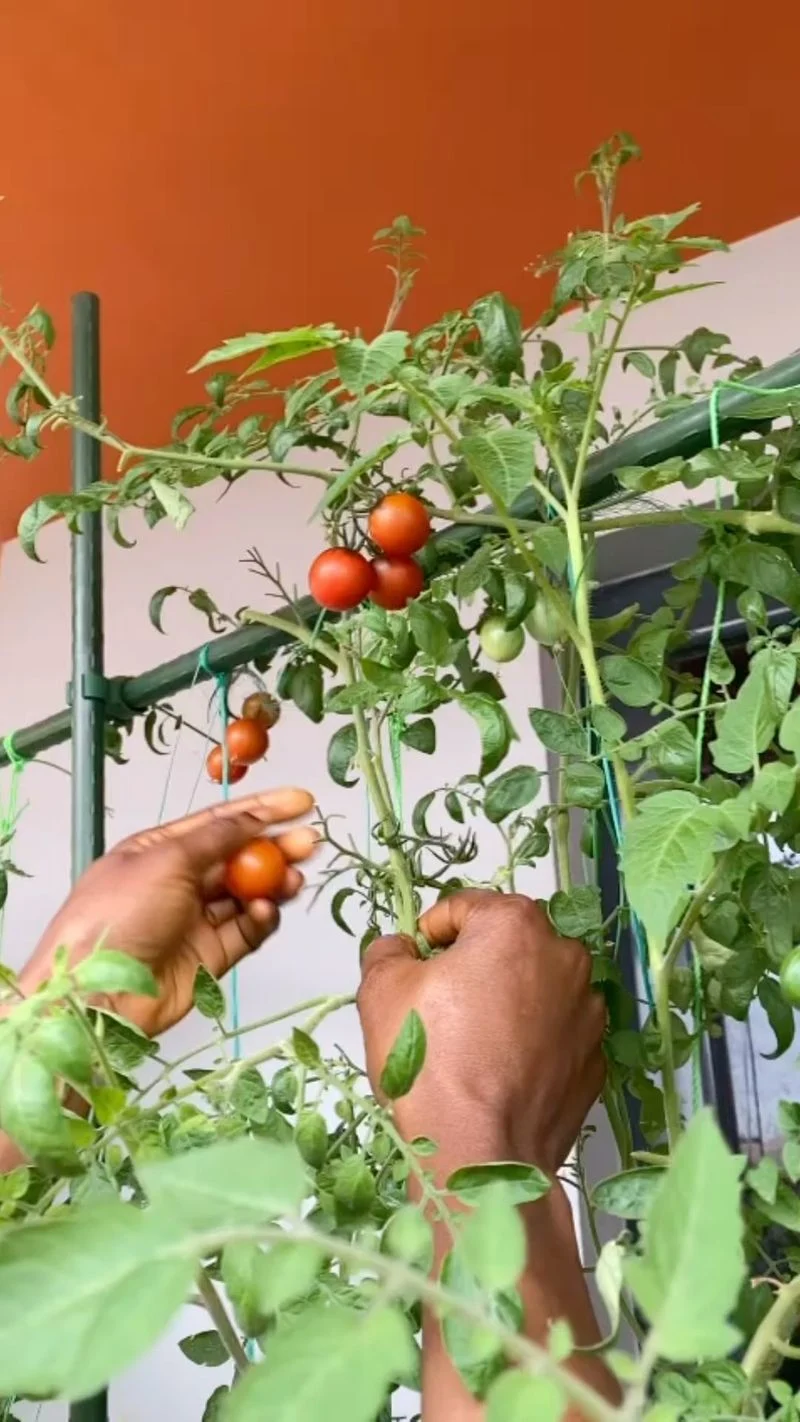
This naturally occurring powdery substance is a formidable foe to soft-bodied insects. Sprinkling diatomaceous earth around your tomato plants creates a barrier that pests don’t dare cross. Made from fossilized algae, it dehydrates and eliminates unwanted insects without introducing toxins. Think of it as a natural defense line for your tomatoes. Safe for pets and plants, diatomaceous earth is a go-to solution for maintaining a pest-free garden environment. Your tomatoes can grow peacefully, free from chemical interference or pest threats.
Handpicking Pests
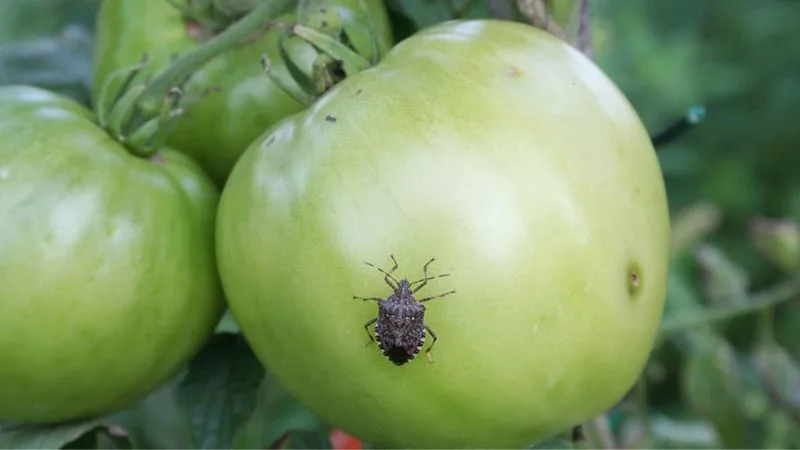
Sometimes, the simplest methods are the most effective. Regularly inspecting tomato plants and removing pests by hand can significantly reduce infestations. This hands-on approach connects you to your garden’s micro-world, allowing for immediate action against potential threats. It’s a bit like a treasure hunt, except you’re collecting pests instead of gold. With a keen eye and committed routine, handpicking serves as an intimate, effective strategy to keep your tomato plants thriving in a chemical-free environment.
Garlic Spray
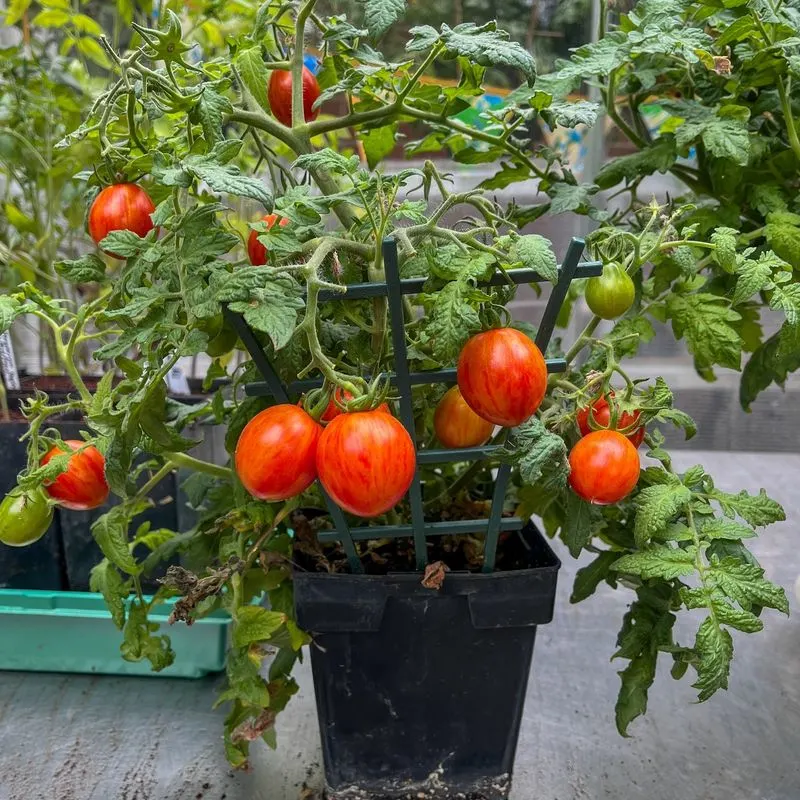
Garlic isn’t just for adding flavor to your dishes; it’s also a powerful pesticide for your garden. A homemade garlic spray can deter a wide range of pests without harming your plants. This natural solution is as simple as blending garlic cloves with water and straining the mixture into a spray bottle. The result is a potent, eco-friendly repellant. Applying garlic spray to your tomatoes is like giving them a protective cloak, ensuring they grow strong and undisturbed by unwelcome visitors.
Baking Soda Solution
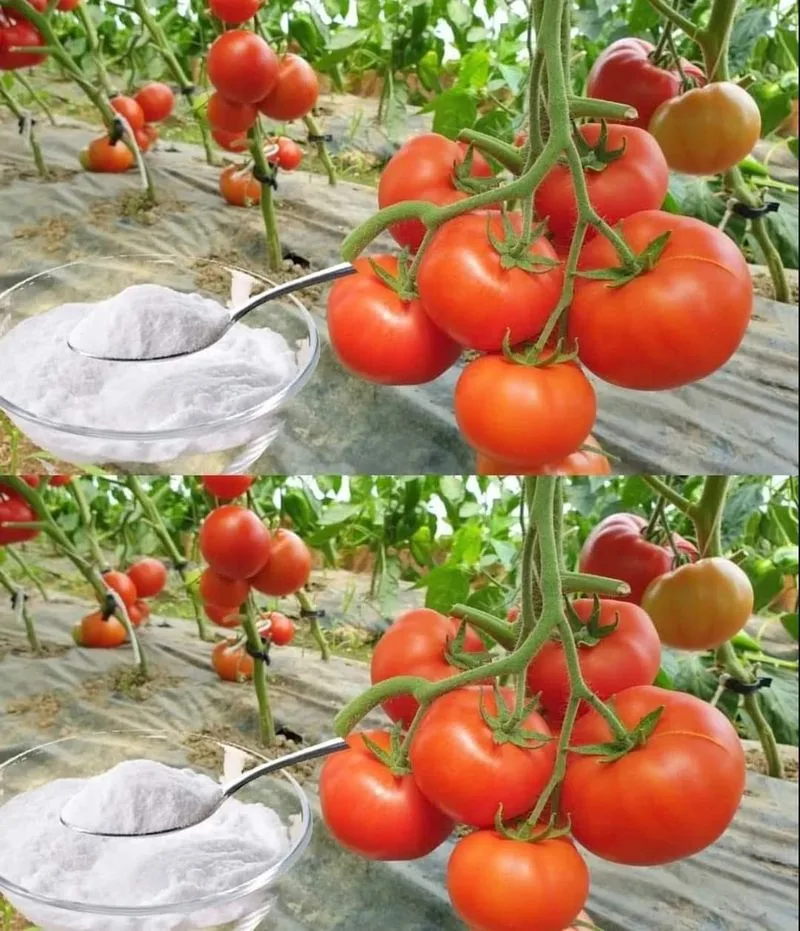
Baking soda, a staple in many kitchens, doubles as a natural fungicide. Mixing it with water and a drop of liquid soap creates a solution that can prevent fungal diseases on tomato plants. Spraying this mixture on leaves forms a protective barrier against powdery mildew. It’s like giving your tomatoes a gentle cleansing bath, fortifying them against disease. This method is not only effective but also budget-friendly, making it a popular choice for gardeners seeking natural alternatives.
Epsom Salt
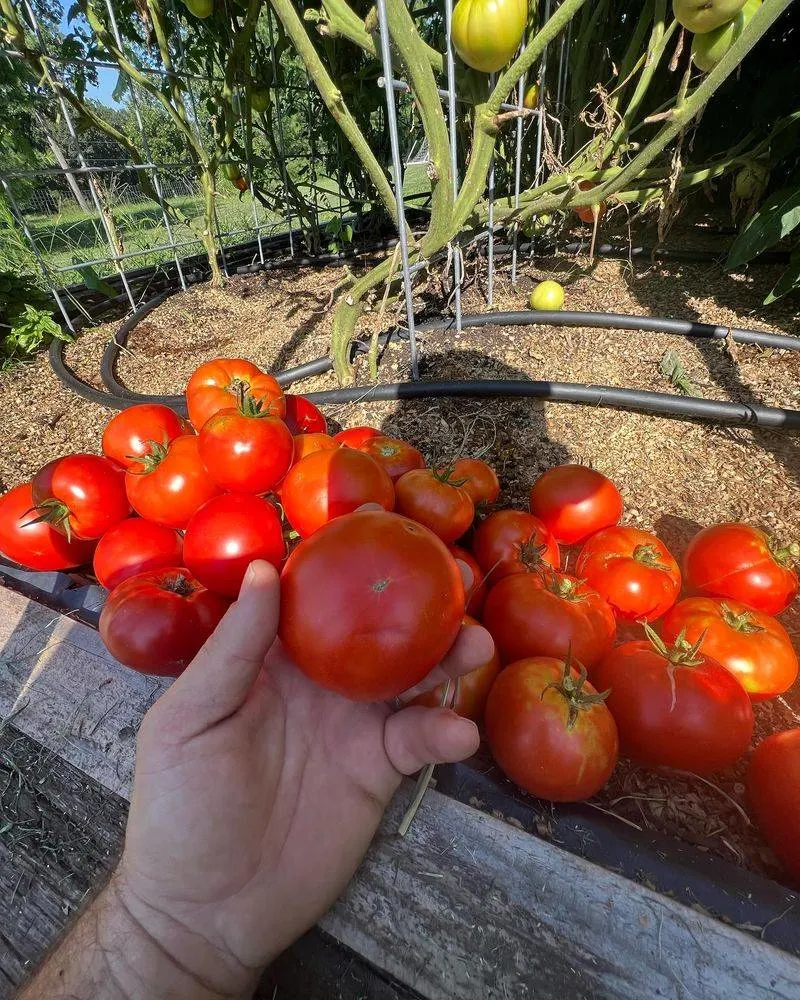
Epsom salt is a gardener’s trick for boosting plant vitality. Containing magnesium, it aids in chlorophyll production and enhances nutrient absorption. Sprinkling Epsom salt around the base of tomato plants can lead to greener, more productive growth. It’s like giving your tomatoes a nutritional supplement, ensuring they have the essentials to thrive. This simple addition to your gardening routine can make a noticeable difference in plant health and fruit quality, all without resorting to chemical fertilizers.
Aspirin Watering
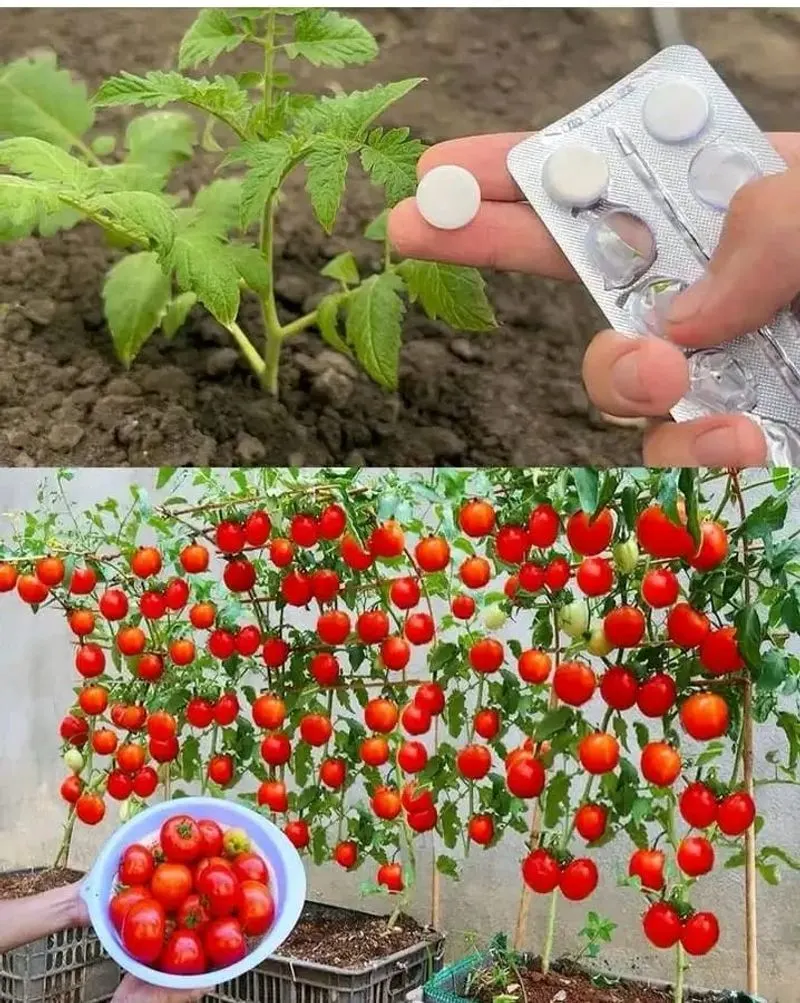
Aspirin isn’t just for headaches; it can also boost tomato plant resilience. Dissolving aspirin in water and using it to water your plants can enhance their immune response. This technique mimics a natural defense hormone, helping plants fend off diseases. Think of it as a health tonic for tomatoes, boosting their ability to fight off infections. This unconventional method is a gardener’s secret weapon for a robust, chemical-free tomato harvest, offering an edge against environmental stresses.
Netting and Covers
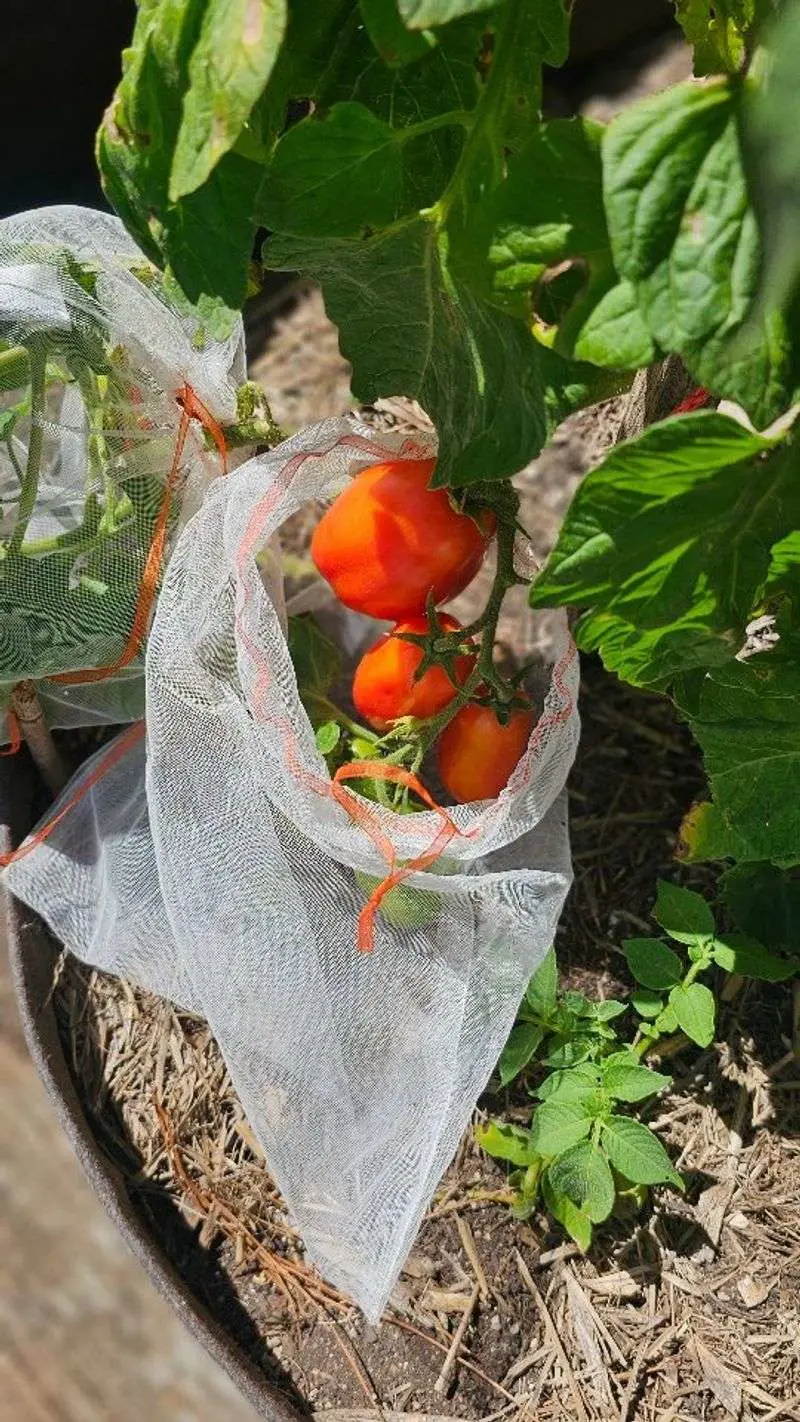
Physical barriers like netting and row covers offer a straightforward way to protect tomato plants from pests. By shielding plants from direct contact, these barriers prevent many insects from causing harm. It’s akin to providing a secure home for your tomatoes, where they can grow in peace. This method is particularly effective during peak pest seasons, ensuring that your plants remain untouched and healthy. With the right netting, you can enjoy a thriving, pest-free garden environment without relying on chemicals.

